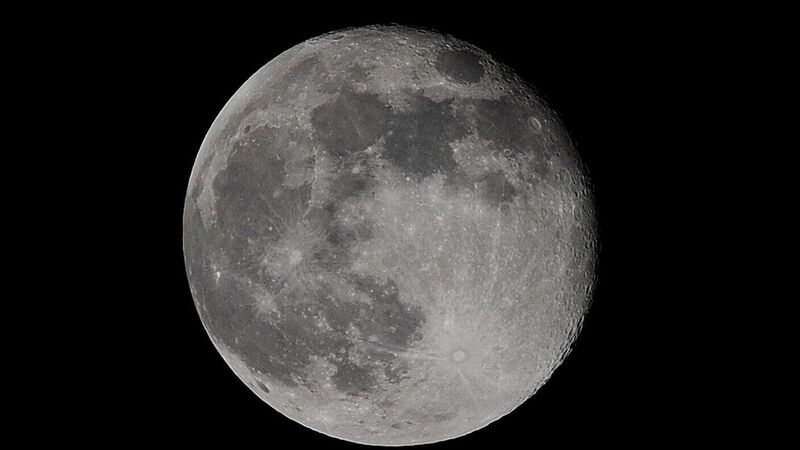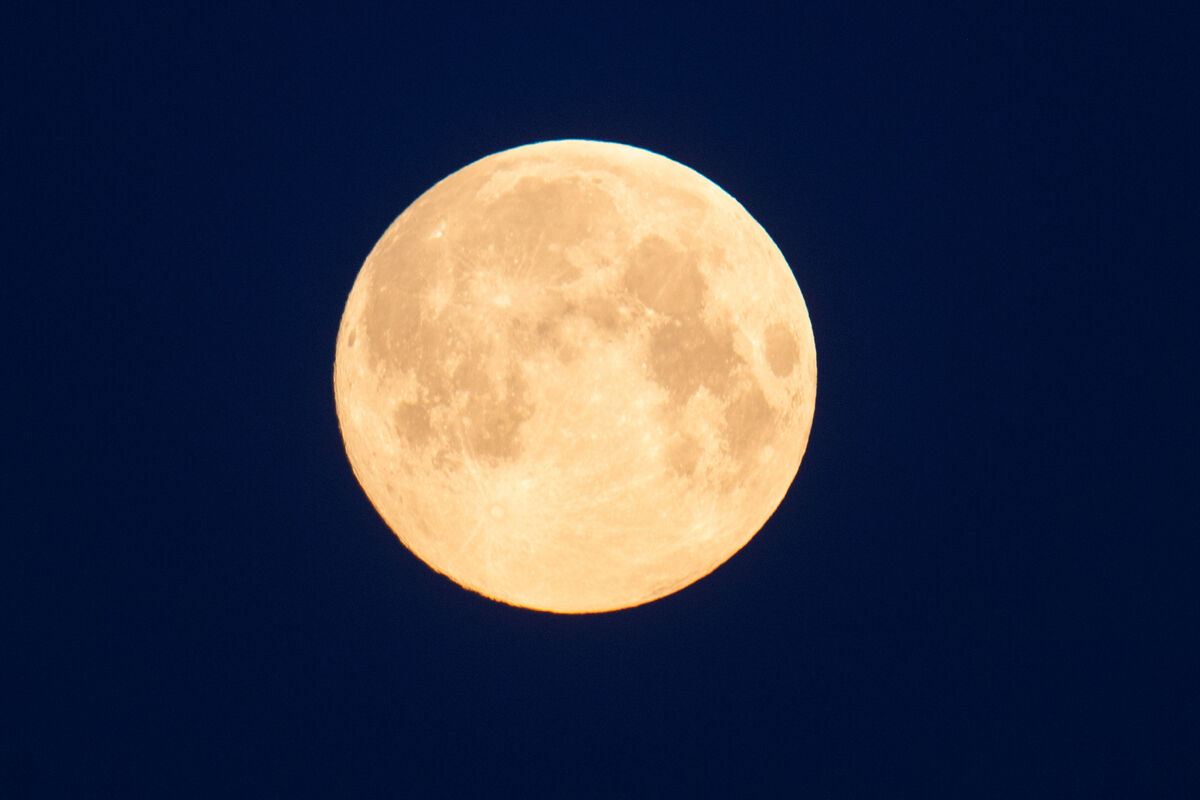What exactly is a moon?

Earth is the only planet with just one moon. File picture: PA
We had a Halloween Blue Moon last week, turning our eyes skyward. We have one moon orbiting our planet, but other planets have moons too; their moons even get interesting and important-sounding names, such as Titan and lo. How are moons defined in the first place? What makes a moon a moon?
As much as scientists tend to love definitions, it may surprise you to read that there is no official scientific definition for a moon. It is generally accepted that a moon is a naturally occurring celestial body that orbits a planet or asteroid.
Our solar system has over 200 moons. Earth is the only planet with just one, while the larger planets, Saturn and Jupiter have the highest moon count. Even demoted Pluto has five moons. One in particular is so big, relative to the dwarf-planet, that it makes it wobble. Despite the apparent abundance of moons, not all planets in our solar system have them; Mercury and Venus, the closest planets to the Sun, do not have any moons at all.

Without an exact definition, could we determine what satellites can be called moons based on their size alone? The largest moon in our solar system is Jupiter’s Ganymede moon. It is larger than the planet Mercury and is the only moon known to have its own, internally generated magnetic field. It is still considered a moon so being too large does not seem to affect lunar status.
What about being too small then? If Pluto was demoted to the status of dwarf-planet based on its size, could the same apply to a moon? It seems not. One of Saturn’s moons, Methone, has a diameter of less than 2km. With greater exploration, more natural satellites are being discovered. The Cassinni spacecraft is one example, as it led to the discovery of more moons for Saturn, before its programmed crash landing onto the planet in 2017.
While size does not appear to define a moon as yet, some discretion is obviously required. If not we could end up counting every speck of dust that is found to orbit a planet.
Moons certainly do not appear to conform to just one type. Apart from the array of sizes, there are different types of moons, such as icy moons (Jupiter’s Europa) or volcanic moons (Jupiter’s lo). Saturn’s moon, Titan, even has its own thick atmosphere.
While all moons orbit their host planet (or asteroid) they may do so in a variety of ways. Many orbit in an elliptical pathway, but some take irregular routes around. Many of Jupiter’s moons orbit backwards (opposite to the spin of the planet).
To return to the original question, what makes a moon a moon? We could say that a moon is a natural satellite of a satellite of a star. Perhaps an easier explanation is to say that planets orbit stars and moons orbit planets (or asteroids). Of course, some astronomers have predicted that a moon orbiting another moon is a possibility. Although none are known to exist within our solar system. The mathematics supports their hypothetical existence; if the host moon is large enough and the sub-moon is small enough and both exist at a big enough distance from the host planet. So, a moon is a moon if it orbits a planet, unless it is a theoretical moon, orbiting another moon. A moonmoon… hypothetically.

Celebrating 25 years of health and wellbeing








